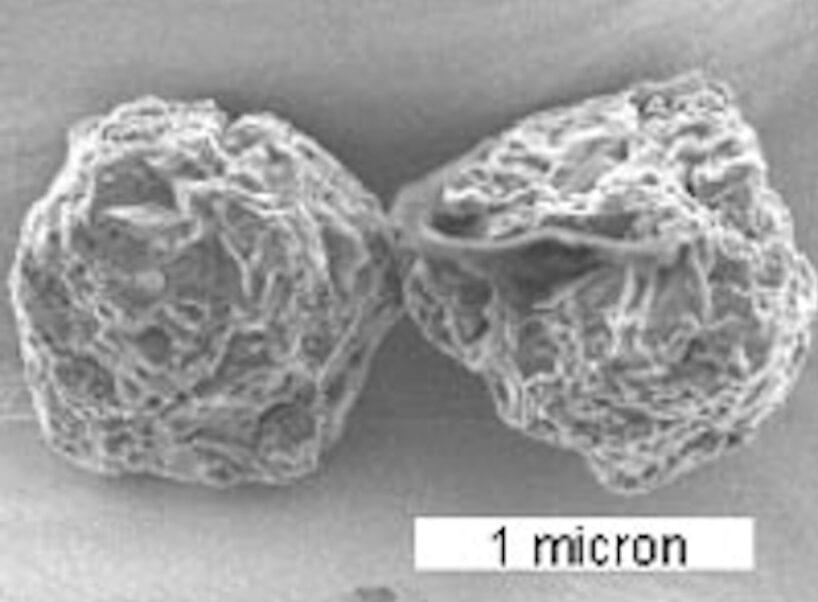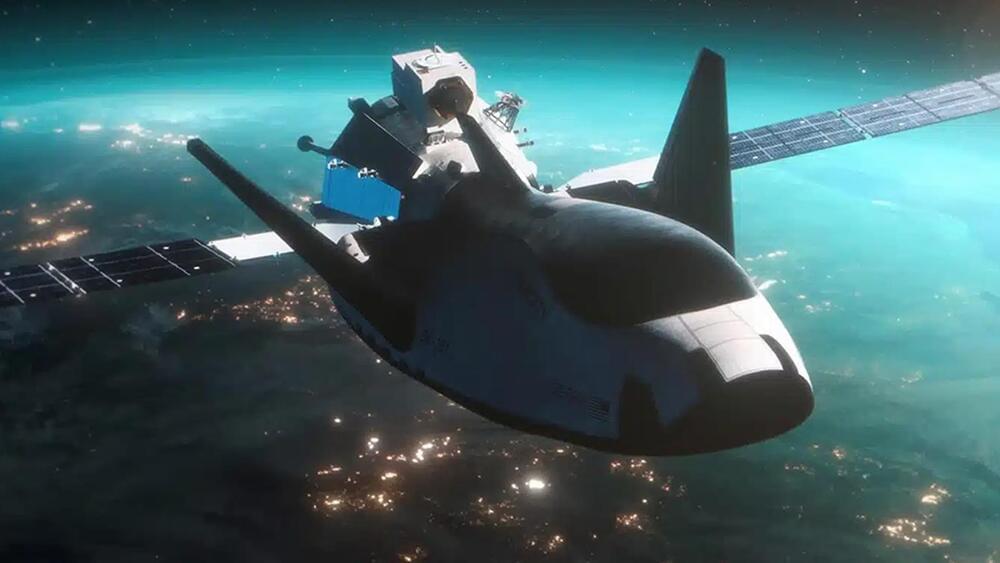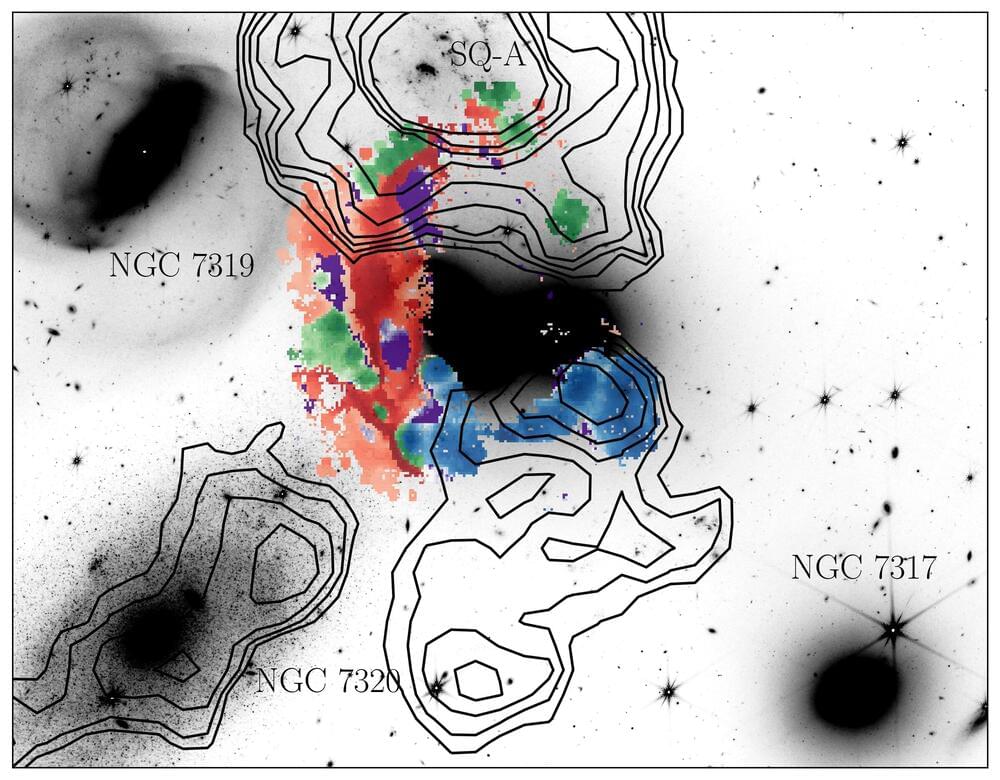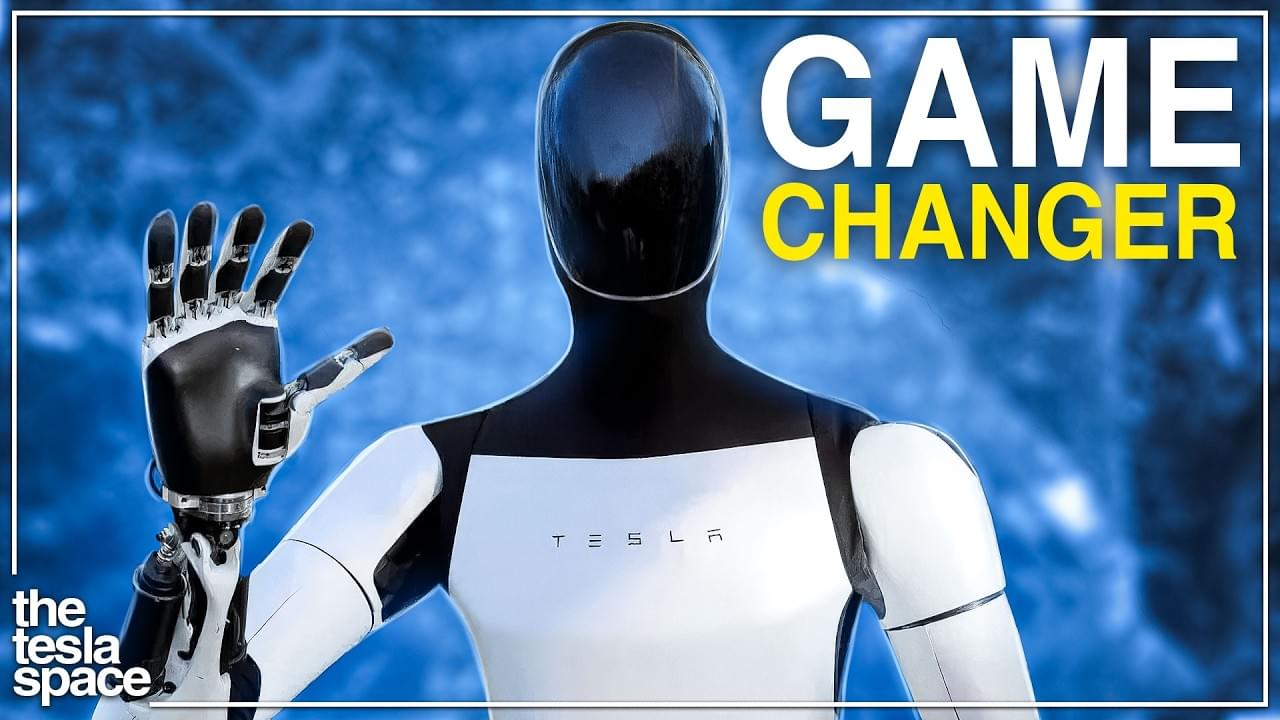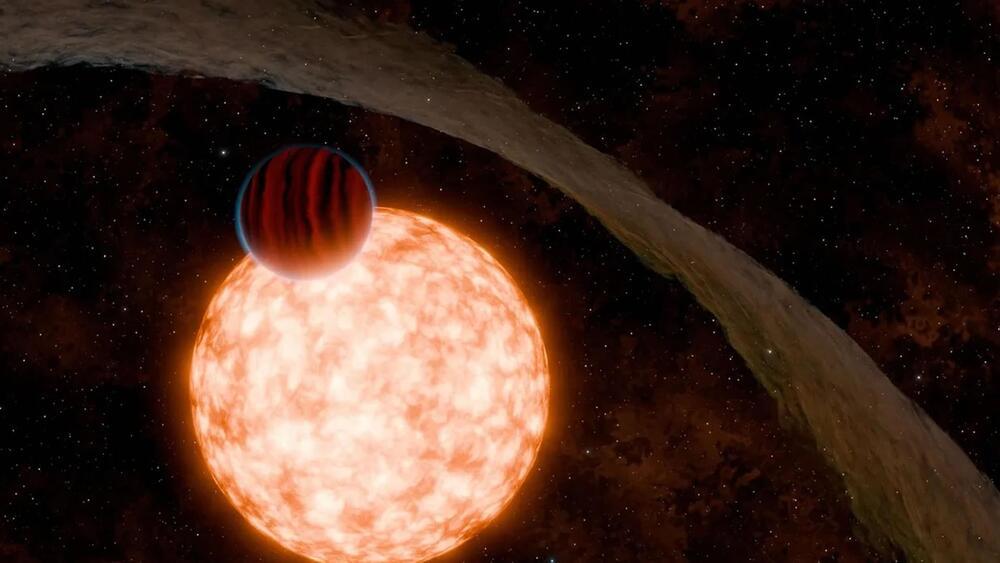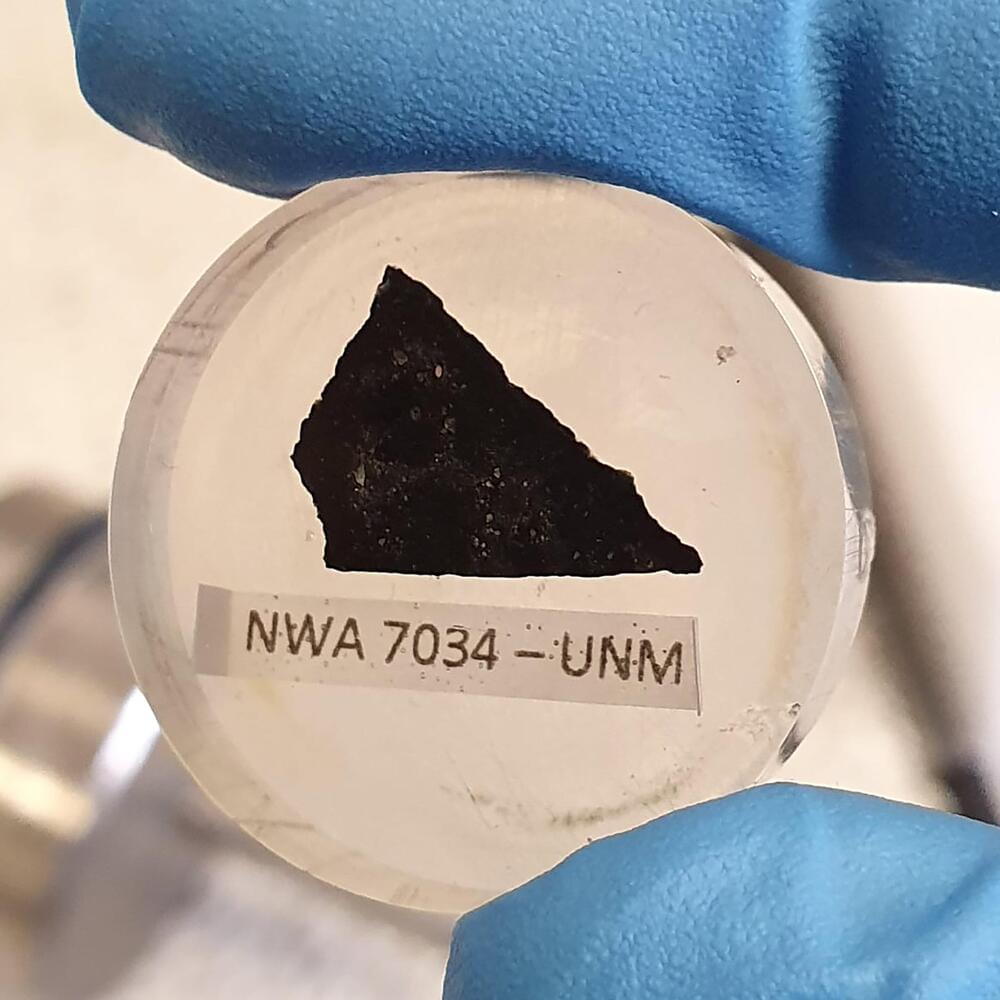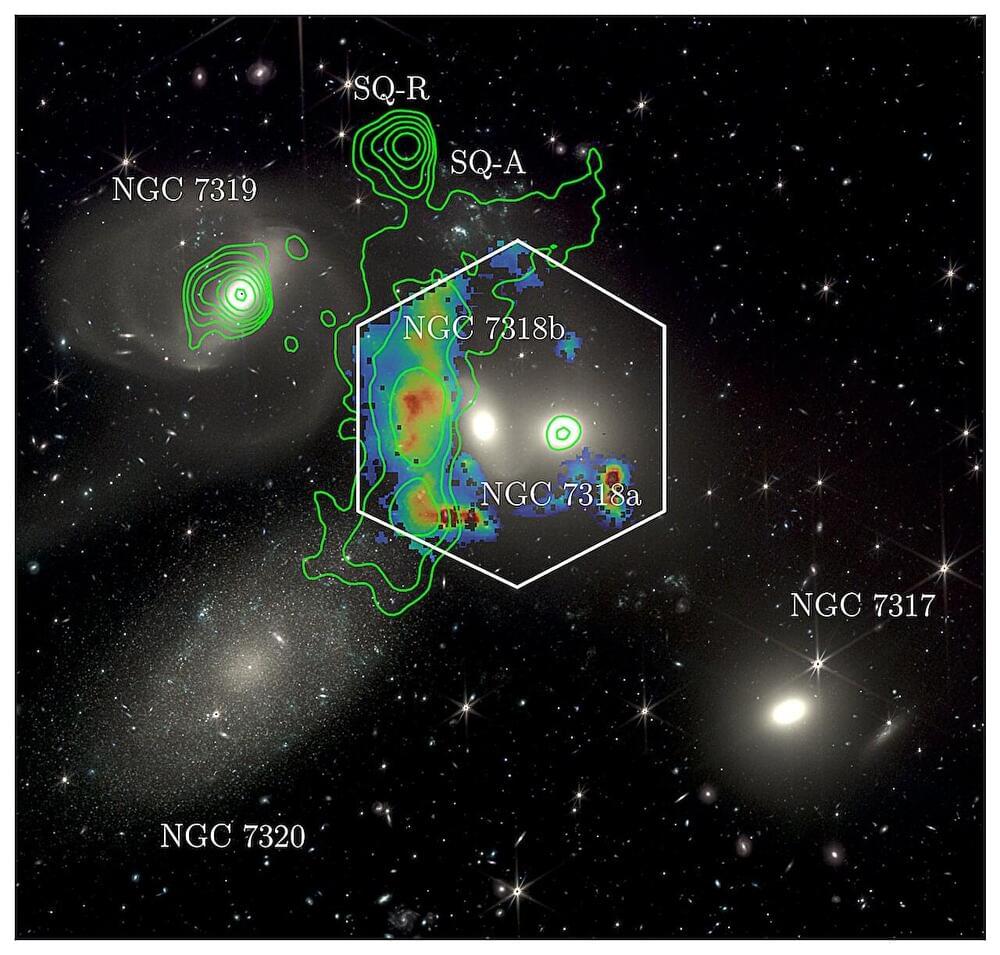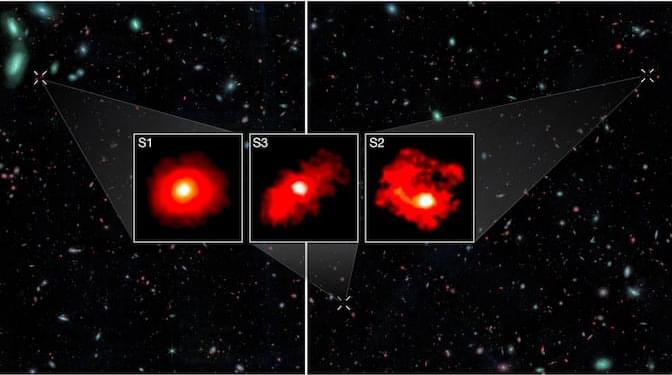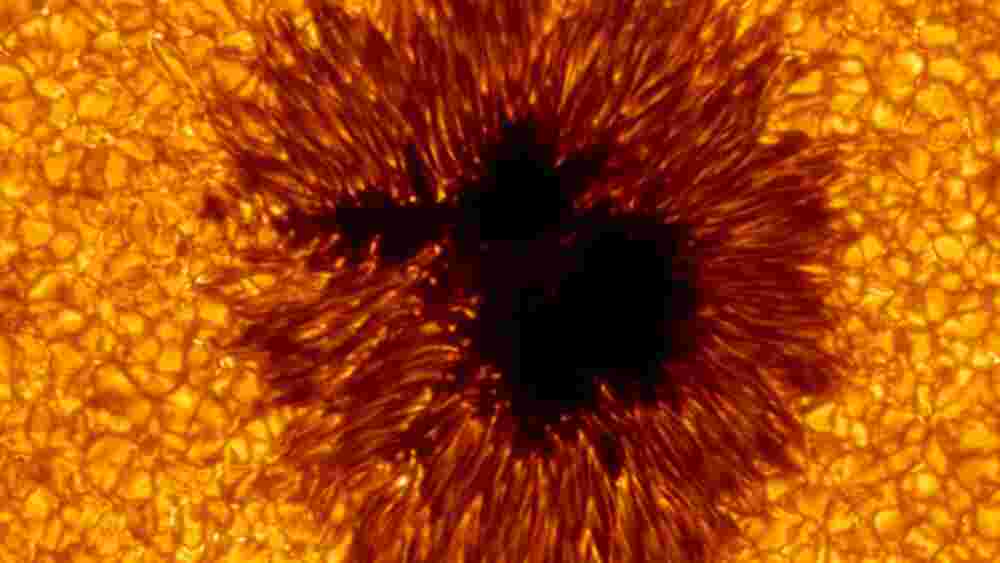Nov 25, 2024
Learning more about Supernovae through Stardust
Posted by Natalie Chan in categories: evolution, space
Most of the diverse elements in the universe come from supernovae. We are, quite literally, made of the dust of those long-dead stars and other astrophysical processes. But the details of how it all comes about are something astronomers strive to understand.
How do the various isotopes produced by supernovae drive the evolution of planetary systems? Of the various types of supernovae, which play the largest role in creating the elemental abundances we see today? One way astronomers can study these questions is to look at presolar grains.
These are dust grains formed long before the formation of the sun. Some of them were cast out of older systems as a star fired up its nuclear furnace and cleared its system of dust. Others formed from the remnants of supernovae and stellar collisions. Regardless of its origin, each presolar grain has a unique isotopic fingerprint that tells us its story.
